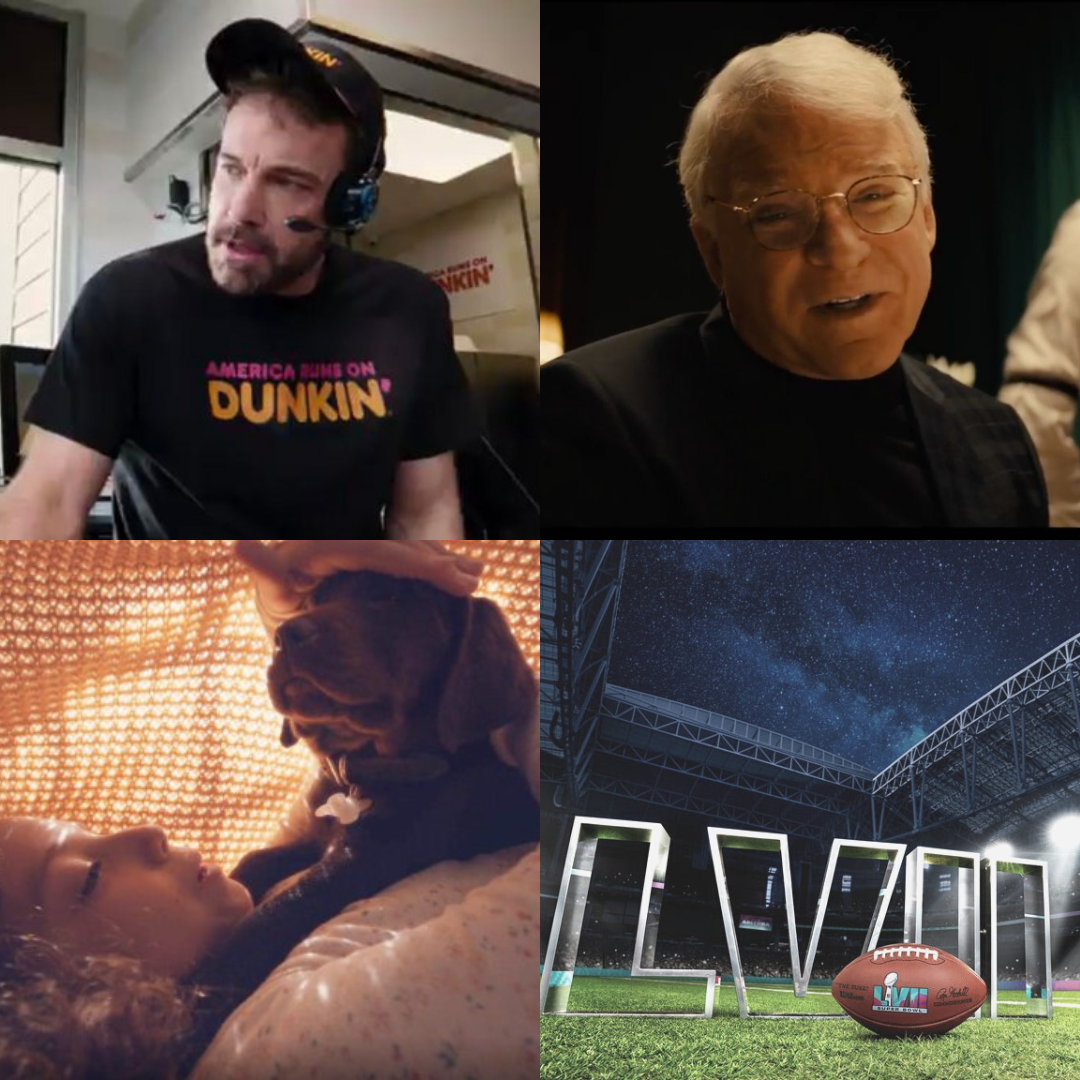Growing up in the 90s and the early aughts Super Bowl commercials were just as anticipated as the game itself. I personally can’t remember who won the Super Bowl in 1995, thanks to Google I see it was the 49ers, but I clearly remember the “Bud” “Weis” “Er” Frogs and all the people who quoted them for nearly a decade afterward. That commercial let me know that to stay in the pop culture loop I had to watch the game even if I wasn’t a football fan. Looking back, it was fun to be collectively confused by E*Trade’s “Trading Baby” in 2008 and copying Dikembe Mutombo’s “not in my house” line from the Geico 2013 ad.
Now working in advertising, it feels like the pop culture impact of the Super Bowl ad has been somewhat lost to time and diverging forms of media consumption. And 2023 trends show that marketers could be feeling the same way. This was the first year since 1989 Anheuser-Busch did not have exclusive Super Bowl ad rights in the alcohol category and allowed competitors, like Crown Royal, to run in the game. Then there is Burger King, who sat out the game completely to push instead a Tik Tok karaoke challenge of their new viral “Whopper” jingle. In contrast, other brands have formed partnerships for their ads. Netflix was the popular kid on the block with a partnered ad with Michelob Ultra and General Motors.
Based on these prominent names, it is clear that the Super Bowl still has the power to get creative in front of the consumer, but will these ads be remembered by this time next year? The advertising pessimist in me feels like the answer is no. This is at no fault of the creative or the game; instead, it is more of a showcase of the current media landscape. A lot of the Super Bowl ads are now published online days in advance, and if it isn’t published in full, there are social media teasers of who is starring in the ad and what it will be about. In hopes of reaching the audience and getting them excited before the game, Super Bowl commercials no longer have the element of surprise where people around the country have a shared ad experience. These are the experiences lead to watercooler talks the next day and to your friends answering the phone in a very rough “whhaaasssuupppp” for years to come. It should be noted that the “Whassup” a Budweiser ad that ran in the 2000 super bowl has an entire Wikipedia page dedicated to its cultural impact.
Instead, ads are now built in hopes of having a viral moment or a trending topic while the game is still being played. So it’s not that people are not still talking about ads, but more it all happens in the digital space within the same night. In the current 2023 media landscape, digital word of mouth is king, and this is even more apparent when these trends are seen in mega-media events such as the Super Bowl. Like many commercials this year that tried to hit everyone with nostalgia, this aging millennial longs for the days of the after-game fun the commercials provided.

